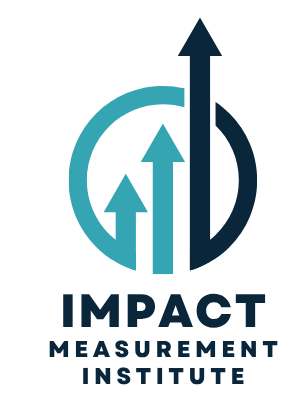How to Measure Marketing ROI and Improve Marketing Efficiency
Oct 18, 2021
Marketing ROI is a Science, Not an Art
The issue of marketing efficiency and accountability has been around since the very inception of marketing as a discipline at the end of the 19th century. Almost every marketer has made, is making, or will make efforts to show the performance of marketing initiatives. In most cases, these efforts will consist of communications indicators such as unique visitors to a website, click-through ratios, event attendance, generated leads, online reputation, or purchase intent.
What these marketers fail to see is that all these metrics are well outside the interests of CEOs and budget planners – to them, these metrics don’t prove marketing’s worth to the business. How do CEOs and budget leaders know whether marketing is good for the business? Usually, they resort to gut feelings and “guesstimates.” If the CEO likes a particular campaign or sponsorship, it was a good investment; if the rest of the company (and the CEO’s friends) spoke highly of an event or a TV spot, then, it was a success.
Some more demanding companies apply correlation models to attribute sales results to marketing projects. But there are a number of potential pitfalls when using these evaluation tools. In any case, by the time the real financial impact on the business becomes clear, (i.e. the return on investment of the marketing initiative), money has already been spent and, potentially, lost. Remember, businesses go bankrupt slowly and then suddenly.
Another temptation is to apply algorithmic attribution models developed by media and digital marketing platforms. However, secret algorithms that no one understands will never generate results in which marketers can have full confidence. Analytics are credible only if they are robust, and the ones used most often today are not proving to be so robust. More importantly, they are not related to the profitability of the business. The only way to improve marketing efficiency and accountability to the business is by accurately measuring bottom-line indicators.
True Bottom-Line Impact of Marketing Efforts
To truly measure the bottom-line impact of marketing efforts, marketing inputs (yes, marketing generates inputs to the business on top of communications results) must be related to business outputs, and this can only be done by building your own attribution model. It is a complex task at the beginning, but it pays off. A robust attribution model allows the whole organization to see that marketing is an investment, rather than a cost.
Where do you start creating an effective attribution model? Have you checked your marketing plan’s objectives lately? In most cases, they describe a set of activities to be undertaken (“hold a series of events”), with an underlying intention (“to improve relationships with our distribution network”). Marketing is too often planned in an activity-based fashion, with objectives and performance indicators related only to marketing (number of events). An objective like this also has an uncertain success threshold – how will you measure the relationship improvements?
Clear, measurable business-related objectives are the foundations of marketing accountability. Without them, you will never be able to gauge marketing’s worth to the profitability of the business. Clear, accountable-to-the-business, objectives allow marketers to validate projects before investing in them. They facilitate building predictive models and offer unbiased criteria to make go-no-go decisions.
Once you have clear, measurable, business-related marketing objectives, you need to build the relating factors – establish the cause-effect relationship between marketing activities and bottom-line metrics. This is trickier but no less important to measure the ROI of your marketing. The relating factors will include two key pieces of knowledge: how many purchases the marketing project impacted, and the actual influence of the project on each purchasing decision. The only way to approach this task is through research.
Finally, your attribution model will need a thorough data collection plan in order to guarantee statistical relevance and credibility. If you did your homework and you worked your plan, at the end of the process you will be able to ascertain what portion of each sale can be attributed to each marketing project. That will allow you to finally know the actual ROI of your marketing.
Pablo Turletti, an internationally-recognized expert on marketing and sales efficiency and accountability, as well as a marketing keynote speaker, is the founder and CEO of ROI Marketing Institute (ROIMI), which has offices in Miami, Lucerne, and Madrid. ROI Marketing Institute helps companies around the world improve the efficiency of their marketing investments through precise measurement of the economic return on marketing activities. By directly connecting marketing projects and campaigns to a company’s bottom line, he helps turn them into true business investments. ROIMI provides a broad array of services, including auditing, competency-building, implementation support, consulting and research. Turletti is the author of the books ROI Marketing: The New Performance Standard and Marketing & Sales ROI: What Is It Good For? Learn more about the ROI Marketing Institute at roimarketinginstitute.com, and follow Pablo Turletti at twitter.com/pabloturletti or linkedin.com/in/pabloturletti/.

